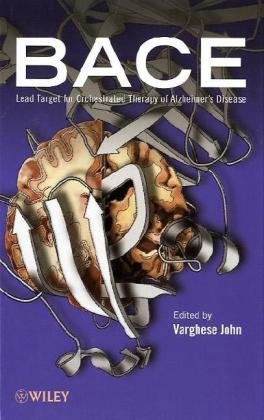

Most ebook files are in PDF format, so you can easily read them using various software such as Foxit Reader or directly on the Google Chrome browser.
Some ebook files are released by publishers in other formats such as .awz, .mobi, .epub, .fb2, etc. You may need to install specific software to read these formats on mobile/PC, such as Calibre.
Please read the tutorial at this link: https://ebookbell.com/faq
We offer FREE conversion to the popular formats you request; however, this may take some time. Therefore, right after payment, please email us, and we will try to provide the service as quickly as possible.
For some exceptional file formats or broken links (if any), please refrain from opening any disputes. Instead, email us first, and we will try to assist within a maximum of 6 hours.
EbookBell Team

4.8
14 reviewsBACE (β-site of APP cleaving enzyme) is a critical component in Alzheimer's Disease (AD), and the development of BACE inhibitors shows great potential as a therapy for the disease. BACE: Lead Target for Orchestrated Therapy of Alzheimer's Disease covers virtually all aspects of BACE from initial identification, discovery of inhibitors, and challenges in clinical development, while providing a global understanding essential for productive and successful drug discovery.
This book details the story of the discovery of BACE and its role in AD and comprehensively discusses:
The development of BACE inhibitors as therapeutics for Alzheimer's disease
The research that led to the identification of BACE
New BACE inhibitors currently being clinically tested
ADME (absorption, distribution, metabolism, excretion) and clinical trial design—topics not addressed in current field literature
Cutting-edge technology such as high-throughput screening, structure-based drug design, and QSAR in context of BACE inhibitors and Alzheimer's drug discovery
Other approaches to BACE inhibition based on interaction with the precursor protein APP
By enhancing the reader's understanding of the various aspects of the BACE drug-discovery process, this much-needed reference will serve as a key resource for all scientists involved in Alzheimer's research—and inspire new approaches to treatment of AD.